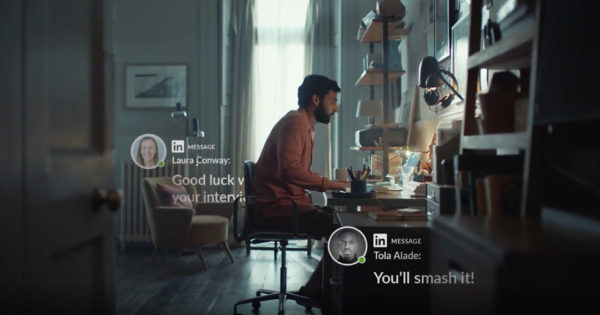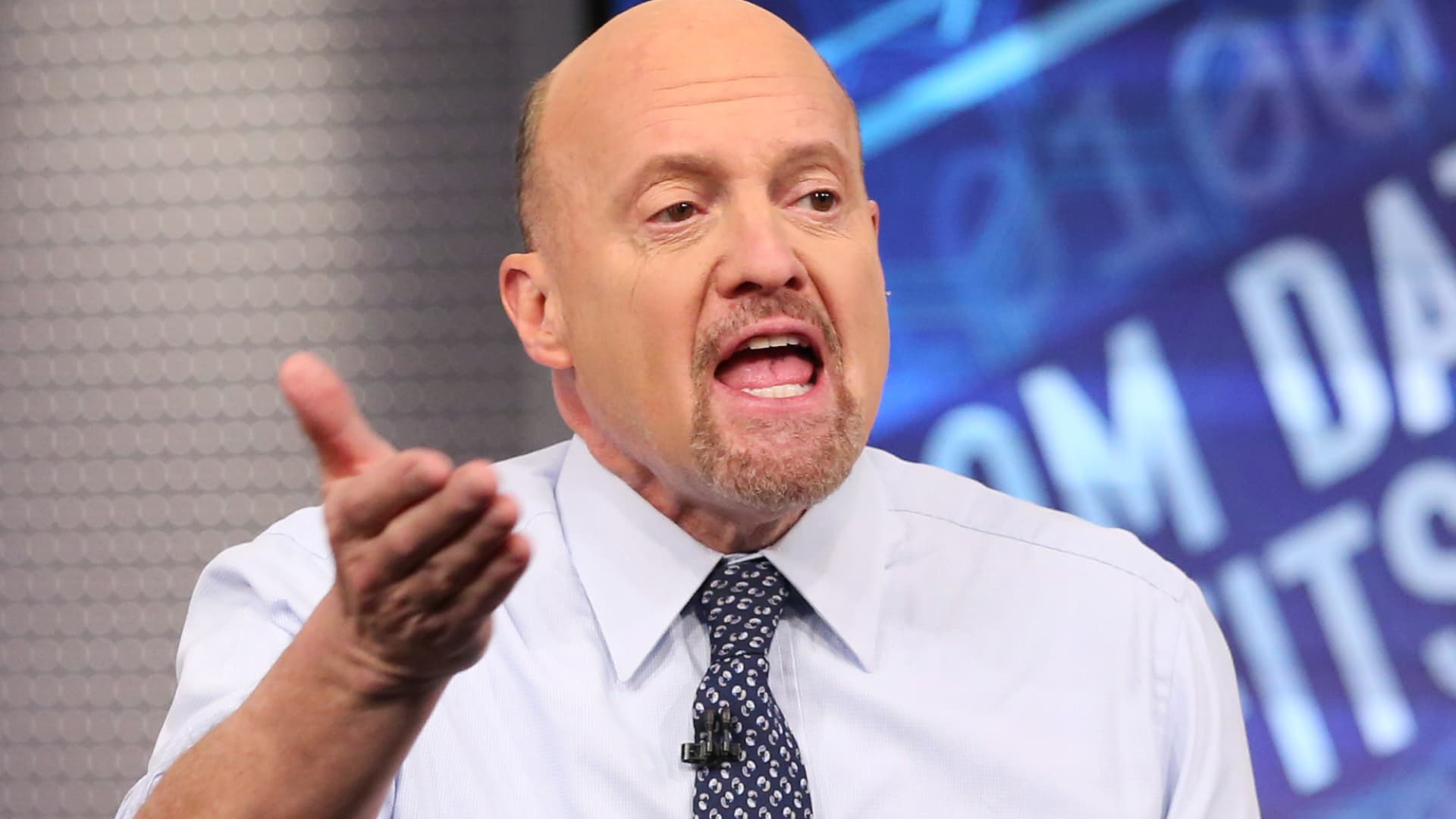How DTC shower brands' influencer and marketing strategies are making a splash
Brands such as Jolie and Outlines are using influencer marketing and social media tactics to break through the noise.

From the kitchen to the closet, direct-to-consumer brands have taken over just about every nook and cranny of the house. Case in point: There’s a portfolio of brands called Pattern that manages a collective of DTC homeware companies.
So it was only a matter of time before DTC brands came for our showers.
Kohler and Moen, these are not. Take Jolie, for instance. A company with only three full-time employees, Jolie sells shower heads with filtration systems—but markets them as beauty and wellness products (water is the first step in a beauty routine, after all). The brand, founded in January 2022, ended the year with $4 million in revenue. Its products were sold DTC in its first four months but have since moved into retailers including Goop and Anthropologie.
Outlines, a sustainable DTC bathroom product company that is perhaps best known for its shower curtains, is another example. After rolling out in January 2022, Outlines' revenue increased 20% to 30% each month, accelerating to nearly 40% monthly growth by the end of the year, said Co-founder and Chief Operating Officer Megan Murphy. Outlines expects to quadruple revenue this year, she said.
This sector’s rise “was probably triggered by COVID,” said Ryan Babenzien, co-founder and CEO of Jolie. Pre-pandemic, people used a lot of their discretionary income on in-person activities such as travel. But when pandemic lockdowns forced us inside people started focusing that discretionary income on their home environments, Babenzien said.
Outlines’s Murphy said the desire to improve our showers came from the increased importance placed on “moments of escape” during the lockdown. The bathroom, after all, is an easy place to hide out. “It’s a little bit of a sanctuary,” Murphy said.
But the pandemic wasn’t the only factor driving these brands—marketing played a role in the sector’s rise, too. DTC shower brands often put paid spend behind educational content from influencers, as well as find crafty ways to grow email lists that inform their target audiences about these products.
Also read: DTC brands on TikTok prepare for app's possible ban
Creator strategies
Many of these brands started seeding products to creators early on, eventually using the resulting content many of these people posted on social for a more robust paid strategy.
Sproos, a DTC shower fixture brand that rolled out in October 2022 and targets renters for renter-friendly shower “sprucing up,” has employed this tactic time and again. Sproos has since rolled out into retailers such as Urban Outfitters and True Value.
Benjamin Fix, co-founder and CEO of Sproos, explained that people like to see how easy it is to install and use Sproos’s products. “People want to see how it's done, and maybe also by someone that they trust,” he said. He pointed to a Sproos creator’s TikTok that recently received 6 million views as an example.
About 25% of Sproos’s marketing budget goes to creators, Fix said. But, like many DTC brands these days, many of these deals aren’t paid.
Fix explained that Sproos sends creators its products for free (its colorful shower renovation kits can cost as much as $240). The brand also pays to license the content—according to Fix, Sproos compensates creators for the rights to use their content for paid social media ads.
Those paid ads derived from creator content seem common in this sector—after all, it’s an easy way to educate consumers about how these products work with the buffer of a creator to avoid being “salesy.”
Jolie started seeding its shower heads to what its founders called “influential people” before it even officially hit the market in order to drive FOMO (fear of missing out). Pre-launch, Jolie sent out about 100 shower heads and continues to seed slightly more than that amount per month to people in the art, culture, and fashion worlds, whether they’re social media content creators or not.
“The more we get organic content—content from seeding, content from customers—the more we can spend on Instagram, efficiently,” Arjan Singh, co-founder and head of brand marketing at Jolie, said, adding that Jolie is able to make money from Instagram, in part, because of all the content the community produces. Currently, about 90% of Jolie’s influencers aren’t paid, but it plans to do more paid partnerships in the future.
Babenzien said about three-quarters of Jolie’s yearly marketing spend goes towards paid social, particularly on Instagram.
Shower thoughts hit the inbox
Before the brand even rolled out, Outlines had a list of 5,000 email subscribers. Those arrived from two main, separate sources: those obtained from its first product, and a creative referral program.
Outlines got its start by selling only shower curtains (rather than the array of bath and shower products it now sells). The curtains were a so-called minimum viable product to see if people would be interested in them. Those initial 3,000-ish customers made up the bulk of its email list once Outlines as the world knows it now officially hit the market.
But the remaining roughly 2,000 subscribers came from a referral program with incentives. Murphy explained that the DTC razor company Harry’s garnered a community pre-launch with a similar approach.
If someone signed up for Outlines’s email list and then referred a friend, they could win prizes. The more people they referred, the better the reward. Some of the prizes were products from DTC brands that could perhaps attract a similar customer, such as a Bearaby blanket (for instance, Bearaby also says its products are sustainably made).
Jolie generated an email list of 30,000 subscribers before its official launch by offering people a “water report.” If someone gave Jolie their email and zip code, they would receive a free report that detailed what potentially harmful chemicals or compounds were in their local water source.
The offer accomplished two things: Lead generation, and educating customers about why they might need a water filter like the one in Jolie’s shower heads.
“We knew that education was going to be really critical,” Babenzien said.

 AbJimroe
AbJimroe 






























